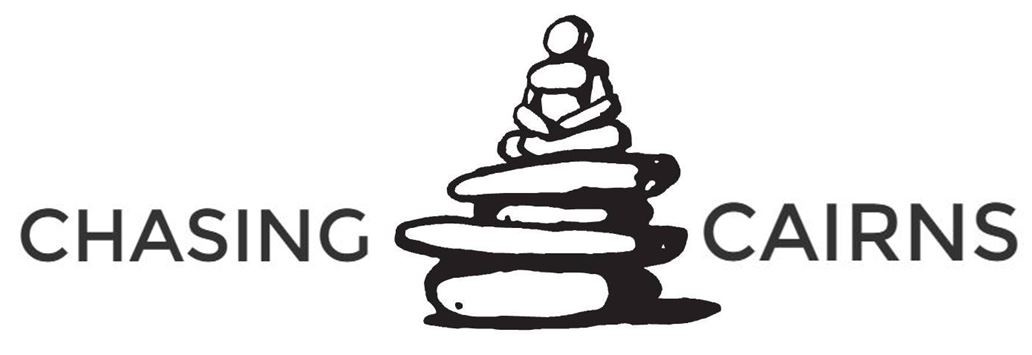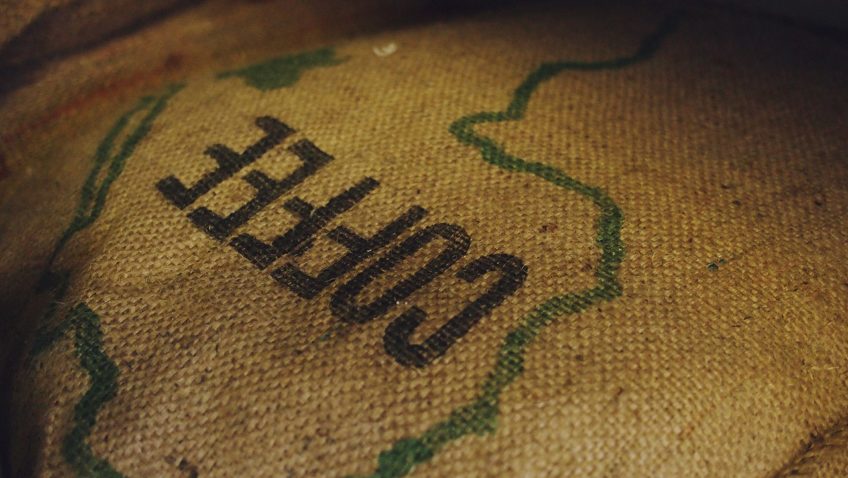“Coffee: The favorite drink of the civilised world”
Having now spent two weeks working with De La Gente in San Miguel Escobar, Guatemala, I feel relatively comfortable writing about their work and the impact they are having on the world at large.
Formerly called “As Green as it Gets”, De La Gente changed their name last year to reflect their true mission: the people connected to the coffee process. “As Green as it Gets” conjures notions of “organic”, “sustainable”, and “natural”. While these are all aspects of De La Gente’s focus, sustainability is a byproduct of their community-based initiatives, not their core mission. In Spanish, De La Gente literally means of the people, which is exactly what De La Gente cares about. In a nutshell, De La Gente is a non-profit that helps rural Guatemalan farmers take total control of the coffee process and, in a way, their futures. Yet the farmers are not the only people that De La Gente works with. They also educate the community, work with distributors and wholesalers, and provide eco-tours for coffee-enthusiasts.
Like many things in our modern world, the coffee process is needlessly complex. It begins, as you would imagine, with a seed. Coffee seeds are best suited to fertile soil located near the equator. The climate, soil nutrient content, and temperature must be perfect to achieve the maximum coffee flavor. Guatemala, Hawaii, Ethiopia, Colombia and many other countries fit these tight environmental constrictions. Farmers in all these countries go through a similar process. They plant the seeds, then must tend the plant for 3-5 yearsbefore it begins to yield marketable coffee fruits. Fruits? Exactly. Coffee beans don’t just pop out of the ground, they are basically the pit of a small cherry-like fruit that grows on a large bush.
We’ve gotten from seed to plant, so far so good. Next the farmer has to harvest the ripe coffee fruit. The work is similar to many manual labor, “picking” jobs, but that does not mean it is easy work. A seasoned coffee picker can pick about 100 lbs of coffee in a days work. Those coffee fruits must then be hauled back to a processing center. This is generally where the process ends for most coffee farmers. They sell their coffee fruits to a local exporter, who then sells the fruit to a shipper, who then sells it to a roaster, who brands it, roasts it, and distributes it to the local coffee shops and grocery stores where consumers buy the processed coffee for consumption. De La Gente’s farmers are different. Instead of abandoning the process once the coffee has been picked, De La Gente has trained its farmers to complete the entire coffee process. Farmers like Timoteo, Manuel, Freddie, and Lesbia haul the coffee back into their homes, where they begin to process the coffee. The first step is to remove the fruit from the bean itself. De La Gente, through work with generous donors, has secured a fleet of machines that remove the fruit from the bean. Basically, the machine consists of a bicycle attached to a cheese grater that spins as you pedal. As the cylinder spins, the teeth remove the fruit from the bean.
Now we have something that looks vaguely like the dark coffee beans that we have come to know and love. While they may look similar, these beans are wet and slimy to the touch. They are still covered in a honey-like membrane. The next step, therefore, is to sort the beans and then dry the beans. While most major coffee producers dry their beans using a rooftop conveyer belt system, De La Gente’s farmers dry the beans on their patios. The beans must be raked periodically to ensure equal drying. In fact, the raking is surprisingly similar to Zen gardening practices.
Once the beans are dry, the parchment-like husk of the bean may be removed. At this point, the beans are almost ready to be processed, but must go through a final sorting… by hand. An average Guatemalan farmer can sort about 25 lbs. worth of dried beans per day. Each bean must be inspected for defects and sorted based on size. Mechanized operations can sort through tens of thousands of beans per day, but they are not as careful or as exact.
At this point, the beans are sorted, dried, and ready to roll. What comes next? Two options: Shipping or roasting. The reason the paths diverge at this juncture is based on timing. Once a bean is roasted, its shelf life, if properly cared for, is about 6 months. Green beans or unroasted coffee will retain their flavor for a year, then must be roasted to maintain flavor. For De La Gente, the decision is based on whether the coffee is staying in Guatemala or traveling to the United States. As you can imagine, coffee staying in Guatemala can be roasted in country, while coffee bound for the United States will stay fresher if roasted in the United States. Whether roasted in Guatemala or in the United States, this fiery process unlocks the full potential of the bean and brings the coffee that much closer to our understanding of a dark little bean chock full of earthy bitters.
This process is largely completed between the months of November and April. Coffee plants at lower elevations must be harvested first, so each farmer works their way up through the fields. Outside of San Miguel Escobar, the farmers start outside the town and work their way up the Volcan de Agua. Once harvested, the coffee cherries go through the process rapidly, to prevent fermentation. After the beans have dried, the vast majority are shipped to the United States for holding until they are roasted and shipped to the consumer. This is how you can get fresh coffee year round, even though coffee all over the world is harvested at around the same time.
How does De La Gente help? If you think about each stage of the coffee process, there are uncertainties and risks that a subsistence farmer would struggle with. There is a 3-5 year gap between planting the seeds and a profitable pay off. The capital costs for coffee seeds, or a processing bike, or a coffee drying patio is often prohibitively high. Organically connecting rural Guatemalan farmers with buyers in the United States seems like a completely unrealistic aspiration. De La Gente helps educate the farmers, secures loans for capital purchases, and acts as a middleman when brokering coffee sales. All this creates a direct trade relationship between the coffee farmer and the consumer. De La Gente supports the farmer throughout their growing experience by giving them the tools and information to be agents of their own success.
What are these different types of “trade”? Fair trade? Direct trade? In the standard coffee economic system, the farmer gets shafted. After the profits trickle down from the distributor, to the roaster, to the shipper, to the exporter, the farmer is left with 1% or less of the profit. The vast majority goes to the roaster who brands the product, advertises the product, and, of course, roasts the beans themselves. Fair Trade coffee is a certification process that began in the 1960s. To become certified, companies must demonstrate that their farmers are adhering to certain guidelines and that the company has set a price floor for what farmers will make off of their coffee. In layman’s terms, it sets the lowest price that a farmer can be paid, which is, on average, about 20% higher than regular farmers. Definitely an improvement.
Direct trade builds up what fair trade fails to address. Instead of putting in place regulations that limit the farmers’ ability to work the land, direct trade focuses on creating a continuous and uninterrupted relationship between the farmer and the roaster or distributor. This relationship can work in a variety of ways. A roaster may contact a coffee cooperative directly and handle the logistics of shipment. A cooperative may work directly with a distributor to ensure that they maintain control over the quality of their final product. The details are less important than the outcome. With a direct trade relationship, the farmer and the roaster take a decided share of the profit, which is generally is far more profitable for the farmer even than fair trade.
De La Gente is a force for change in our world. Whether or not you agree with their desire to better compensate farmers for their role in the coffee process, they are educating people on the realities of farming in the developing world. Coffee is just an example of one of the many commodities that the developed world relies on subsistence farmers to produce. For the most part, rural farmers in developing countries are blind to the realities of their position in the food process. They are the labor force behind the food itself, yet the vast majority of the profit falls to those above them. Is that fair? No. Should they receive all of the profits? No. Organizations at each stage of the process are adding value to the product and each deserves a portion of the profit. The current system is broken, but it is hard to know what equality looks like.



Leave a Reply